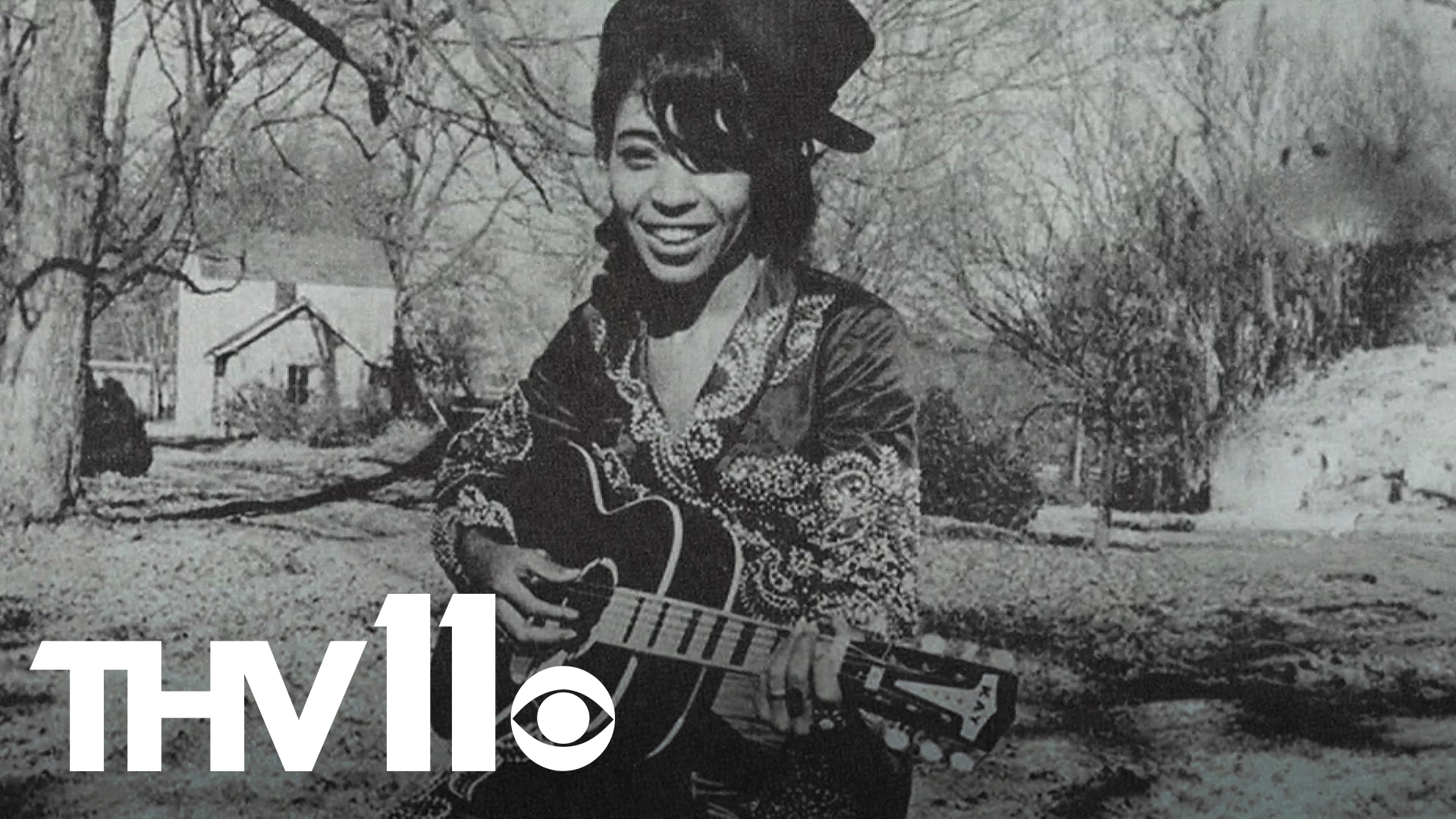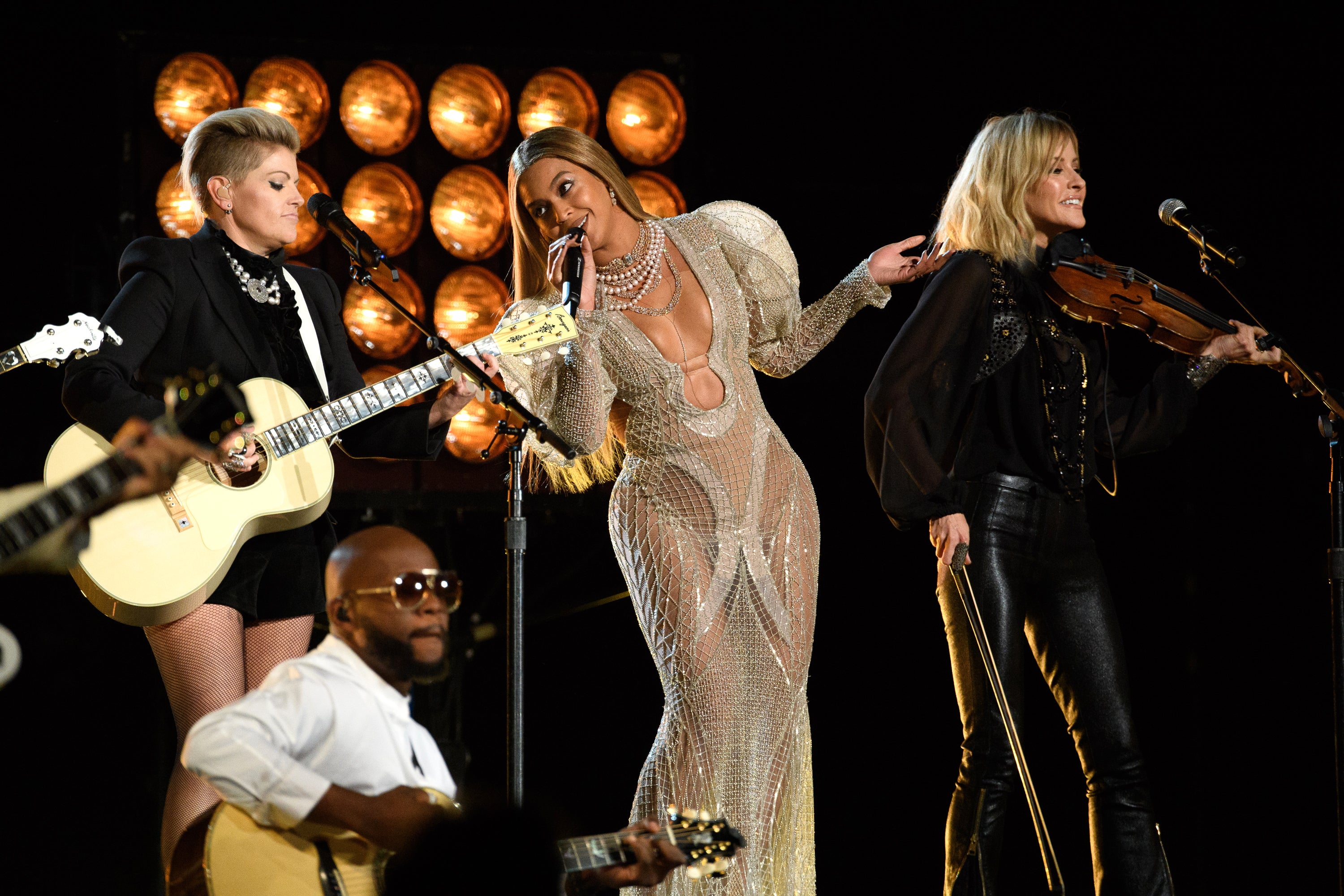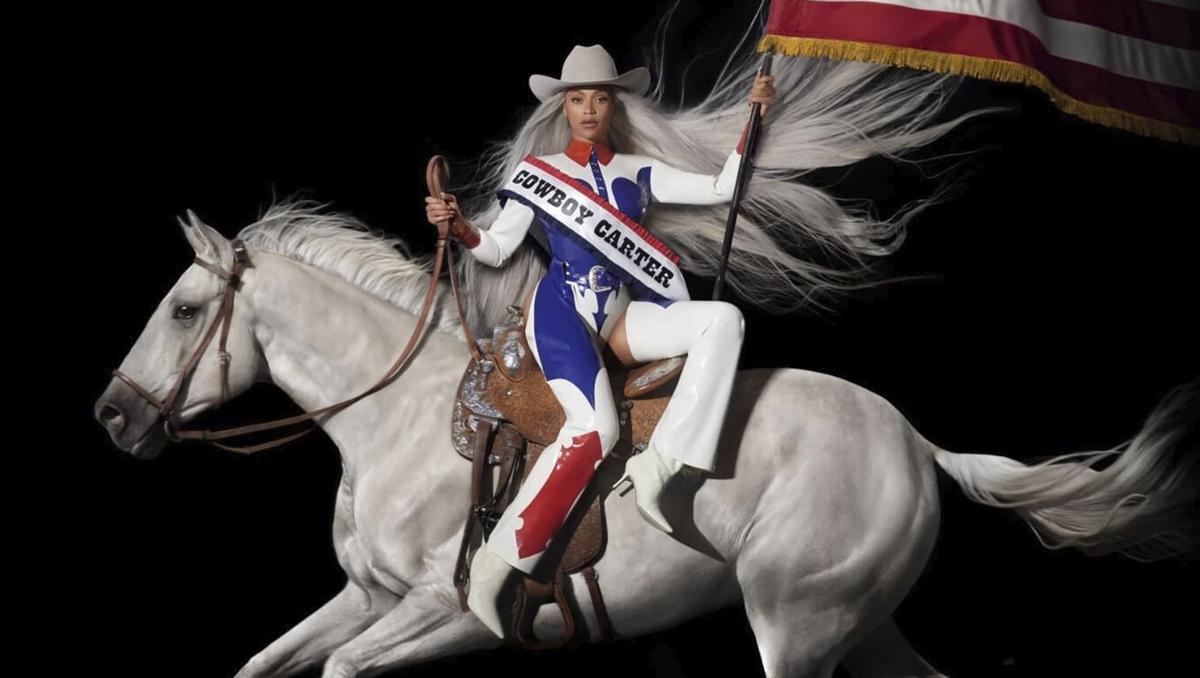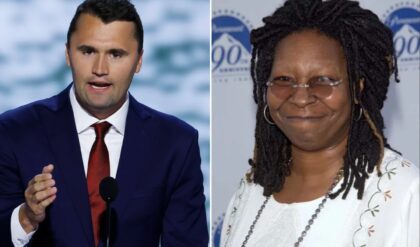Beyoncé roped in criticism with “Cowboy Carter,” as some say she doesn’t belong in the genre. Here’s how African American culture helped shape country music.

LITTLE ROCK, Ark. — Beyoncé wrangled up plenty of attention with the release of her latest album, “Cowboy Carter.” Her two-step into country music further carved her name in history books as she became the first black woman ever to top Billboard’s “Hot Country Songs Chart.”
While popular, the album has drawn criticism, with some going as far as to say Beyoncé doesn’t belong in the genre.
However, African American culture helped shape country music.
When thinking of country music, Johnny Cash of Kingsland, Ark., is a classic artist.“Arkansas has made a number of contributions to the country music world, and Johnny Cash is one of the best known,” said Rolf Groesbeck, an ethnomusicology professor at the University of Arkansas at Little Rock. “Johnny Cash is just legendary.”
Cash’s sounds, instruments and vocals are what Groesbeck described as the blueprint for the country genre.“Country music is more likely to use steel guitar and instruments like banjo and fiddle than other instruments,” Groesbeck said. “Some have argued that being considered country has to do with a vocal timbre, and some of it has to do with just what they wear.”Lately, though, the boundaries of who contributes and what is labeled as country are expanding.Arkansas Country Music Awards Vice President Charles Haymes pointed to the most notable album of the moment: Beyoncé’s eighth studio album, “Cowboy Carter.”
“Music just continues to evolve,” Haymes said. “If you notice, on Beyoncé’s album, one of the guests there is Linda Martell.”
The album includes many notable country artists like Martell and Dolly Parton. In 1969, Martell graced the stage of the Grand Ole Opry, the first Black woman to do so and the country genre’s first successful Black female artist.
Beyoncé’s tribute on “Cowboy Carter” helps highlight that she’s not the first to make strides in the genre.
“I think that dispels anyone wanting to make any criticisms,” Haymes said.
However, there are still critics of the artist’s move into country music.

“She’s using a different vocal timbre, and I’ve wondered if that is part of the controversy,” Groesbeck said.
“Cowboy Carter” features a touch of soul and blues to accompany what many might consider typical country.
“She’s using kind of an R&B vocal timbre, but there’s a lot of country motifs in terms of what she’s doing,” Groesbeck said. “It really fuses a lot of things.”
After Beyoncé made history by winning her 32nd Grammy, she continued the trend by becoming the first Black woman to top the country music charts. She sat at the top for 10 weeks until another Black artist replaced her.
“I think we’re realizing that a lot of these boundaries between genres, including racial and ethnic boundaries, are blurred,” Groesbeck said. “They’re on some level… arbitrary.”
Shaboozey’s single “A Bar Song (Tipsy)” jumped from No. 6 on Billboard’s Hot Country Chart to No. 6, dethroning Beyoncé’s “Texas Hold ‘Em.”
These songs aren’t just topping the charts, but also starting a conversation about the history of African Americans’ impact on the country music genre.
“What has been erased is the African Americans who created the music out of which country music emerged,” Groesbeck explained. The history of African American culture in country music and its erasure goes back more than a century. “I like to date the beginning of country music with the beginning of the record industry in the 1920s, but its roots are much older than that,” Groesbeck said. “When African Americans were brought from Africa to the United States, in general, they were often prevented from bringing musical instruments.”Enslaved people had their culture forcibly left behind, which meant they had to start over.
“Since so many of the enslaved Africans came from West Africa, there’s an instrument in the area called xalam, another called Ngoni,” Groesbeck said. “All of them seem to be somewhat similar to what we now call the banjo.” Enslaved people created old sounds with new instruments, such as a washboard, bone castanets and the banjo, which are synonymous with country.

That creation of a new musical identity then took a dark turn.
“In the early 19th century, there is a creation of a new genre called the minstrel show,” Groesbeck said. “It’s one of the ugliest periods in American musical history.”White people painted their faces black, eyes and lips white or red to imitate African Americans for white audiences.
These shows would go on to impact culture and music.
“Due to the influence of the minstrel show, white people thought of the banjo as a white instrument when, in fact, it wasn’t,” Groesbeck said. This thought is something that would carry into the development of the country music genre. We see this in the formation of Race Records for Black artists and Hillbilly Records for white artists.“When the country music industry came about, the assumption was made that this was white music recorded for white audiences, so the stars were basically all white musicians,” Groesbeck said.Occasionally, a Black musician would make waves in country music that struck a chord—artists like Ray Charles, who even came through Arkansas on the “Chitlin’ Circuit,” a Jim Crow-era network of Black entertainment venues.
“The Chitlin’ Circuit went throughout the South and would put multiple black artists on one show and go to these towns,” Haymes said. “Ray Charles is one of three African Americans in the Country Music Hall of Fame; he joins Deford Bailey and Charlie Pride.”
Groesbeck said Charles used a call-and-response technique that ushered in an R&B flavor to one of the artist’s most popular songs, “I’m Moving On.” Groesbeck said the song became a big hit in the country music and R&B charts.
Groesbeck calls on the legacy of these Black musical icons, like Charles, Bailey, Pride and Louis Armstrong, in the present day.
“Here are these instances of African American musicians making contributions to the country music industry,” Groesbeck said. “If Louis Armstrong had the right to play country music, then certainly Beyoncé would have the right to sing country music styles.Groesbeck and Haymes agreed that all musicians have the right to make any music.“I think country music and its lyrics have probably always spoken to the common person,” Haymes said
Groesbeck explained that in his music history classes, he encouraged students to see the 20th and 21st centuries as one unit, but he doesn’t see it as such.
“So much has happened at the end of the 20th century and the beginning of the 21st century to break down boundaries,” Groesbeck said. “Which is what we’re talking about Beyoncé doing. It’s a harbinger of what will be happening for the rest of the century.”
Groesbeck said changes in any genre are inevitable.
“Country music is a sponge,” Groesbeck said. “It’s just drawn so much from other types of music for so long, and sometimes the genre is a label that the music industry places on a given song to make it more sellable at a certain point.”
According to Billboard, it chooses its top songs and artists for the charts based on radio airplay audience impressions, calculated by the number of times a song is played and the station’s audience size.





